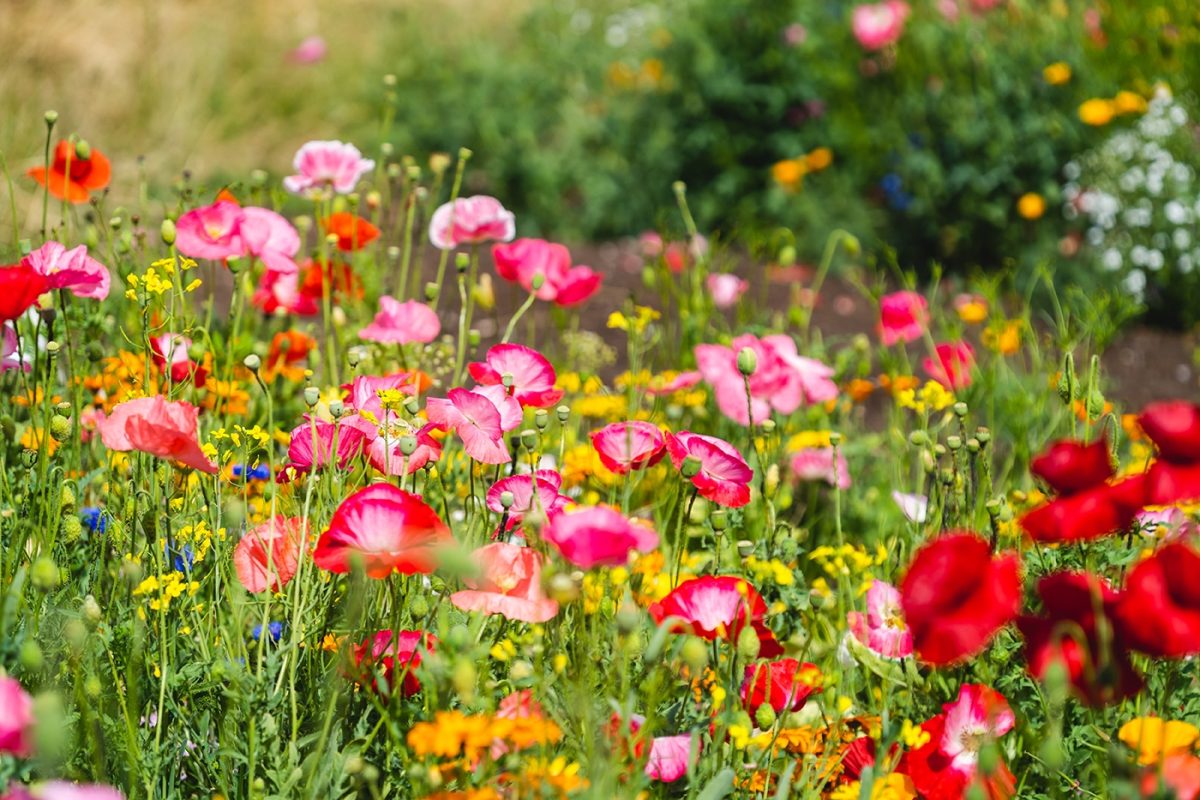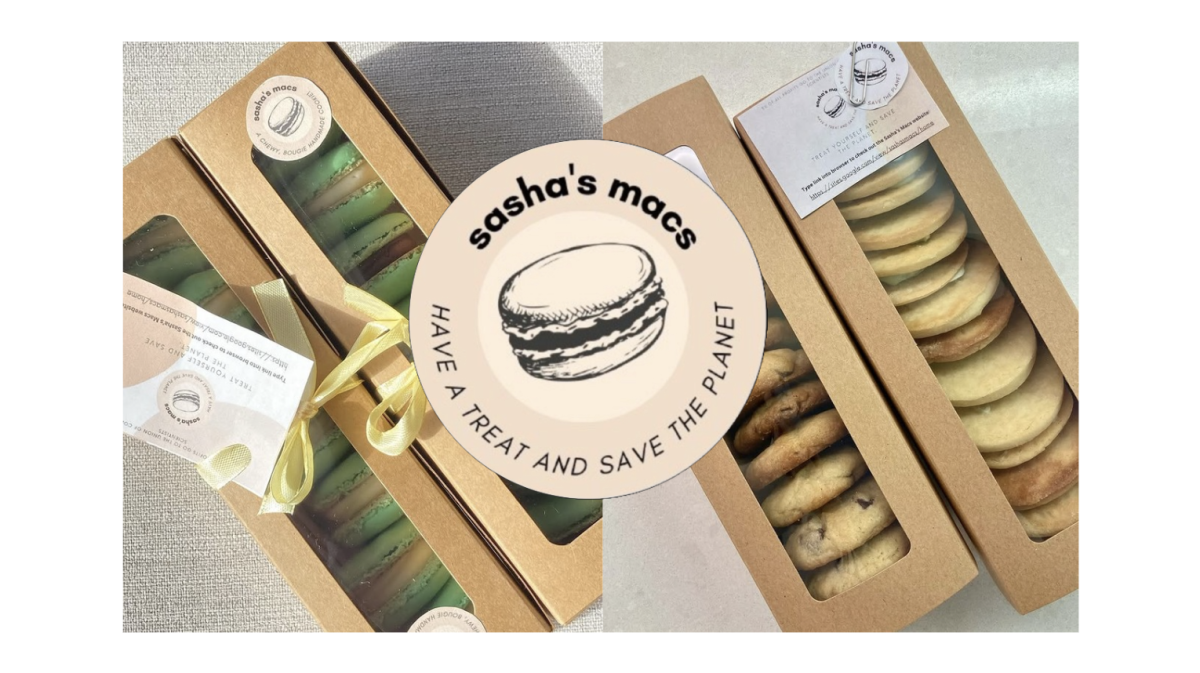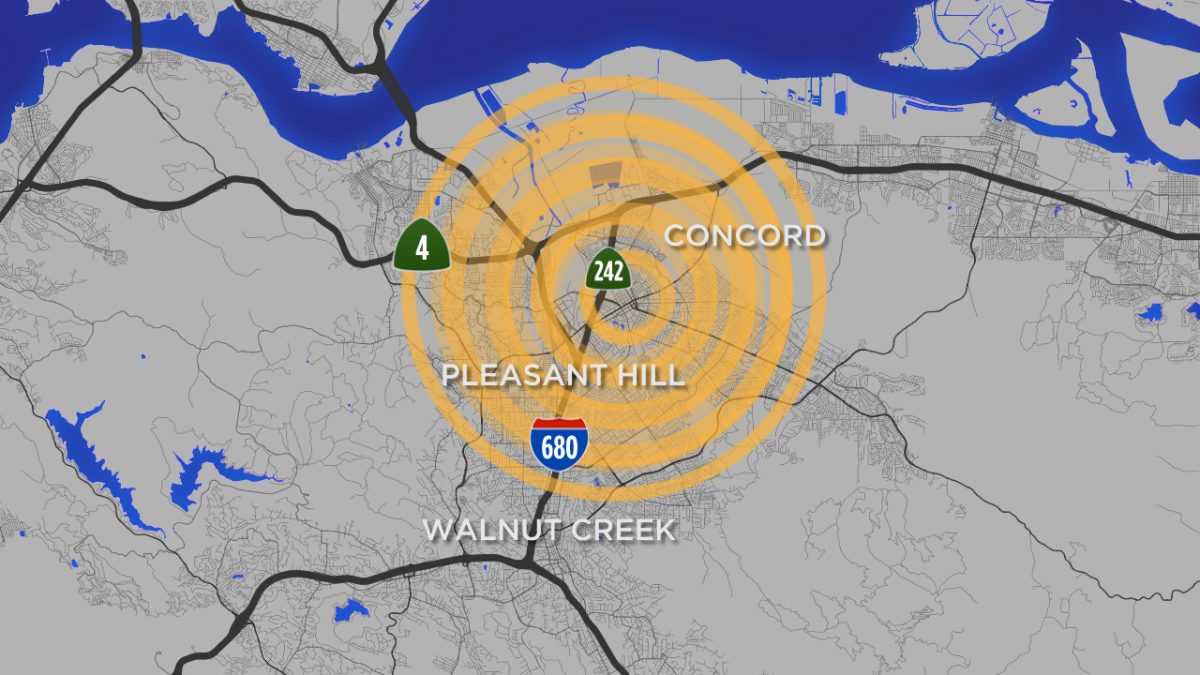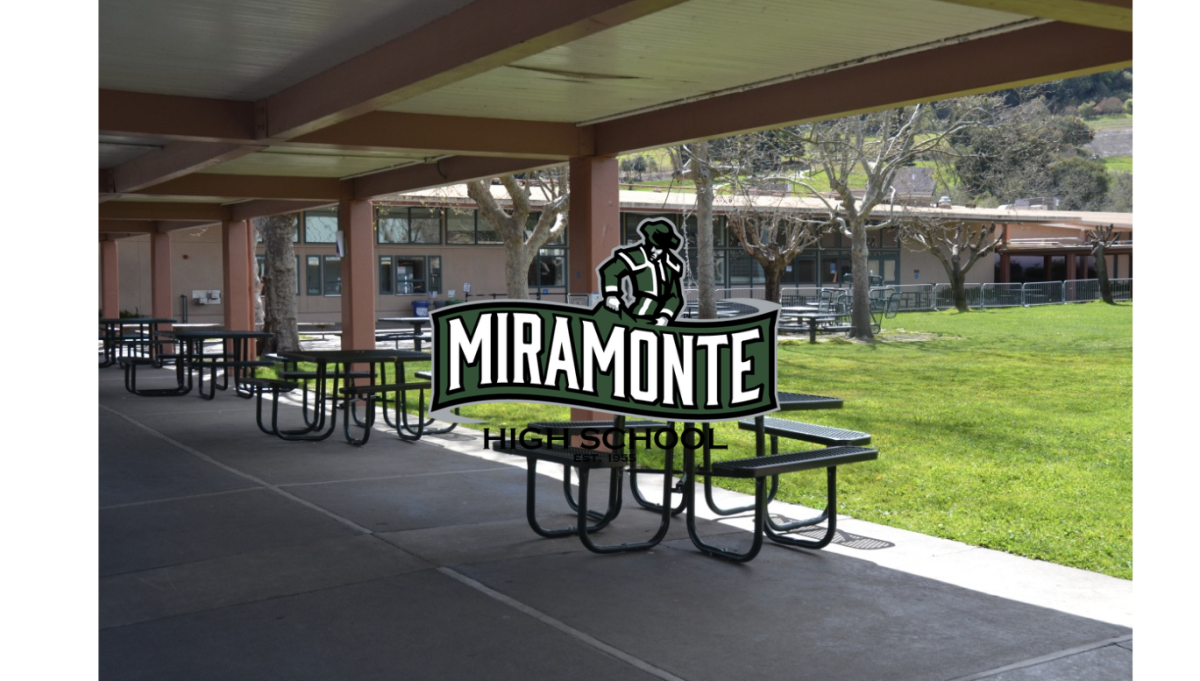The Bay Area is known for many things: foggy mornings, hilly vistas, and the Golden Gate Bridge, but when spring arrives, the wildflowers steal the show. Across rolling hills, open spaces, and park trails, the landscape bursts into color with native blooms that are as diverse as they are breathtaking. From fiery California poppies to the delicate baby blue eyes, wildflower season in the Bay is short-lived but unforgettable. So here’s a guide to help you get the most out of this enchanting wildflower season, curated to help you explore, respect, and recreate the Bay’s natural floral charm.
Bay Area flowers to look for: Whether you’re on a hike, a drive through the hills, or simply walking to school, it’s important to keep your eyes peeled for these native flowers.
Bay Area’s Beauties
California Poppy (Eschscholzia californica) – Our state flower! These bright orange beauties thrive in full sun and can often be seen blanketing hillsides in East Bay parks like Sunol Regional Wilderness.
Lupine (Lupinus spp.) – These tall purple or blue flowers grow in clusters and often mingle with poppies for a stunning contrast.
Sticky Monkey-flower (Diplacus aurantiacus) – With tubular orange blossoms and sticky leaves, this flower thrives in drier areas and adds a unique pop of color.
Blue-eyed Grass (Sisyrinchium bellum) – Don’t let the name fool you — this is actually a member of the iris family, with starry purple-blue petals that dot open fields.
Baby Blue Eyes (Nemophila menziesii) – These tiny, sky-colored flowers love cool, shady areas and are often found in early spring.
Wildflower Etiquette
For the best views, try heading to places like Tilden Regional Park, Mission Peak, or the Midpeninsula Open Space Preserves. Just remember to keep the following wildflower etiquette in mind.
While it may be tempting to gather a handful of flowers for your own bouquet, it’s crucial to follow Leave No Trace principles. Wildflowers play an important role in local ecosystems: feeding pollinators, maintaining soil health, and preserving biodiversity.
Do: Take photos, sketch them in a notebook, or just enjoy the moment.
Don’t: Pick wildflowers or trample off-trail areas to get closer.
Do: Stick to marked trails and be mindful of fragile plant communities.
Don’t: Introduce non-native species if you plan to plant your own.
At-Home Gardening
If you’d like to recreate a piece of the Bay’s spring magic at home, consider planting native wildflowers. They’re beautiful, low-maintenance, and excellent for supporting pollinators like bees and butterflies.
Here are some of the best beginner-friendly options:
- California Poppy – A must-have! Easy to grow, drought-tolerant, and reseeds itself.
- Tidy Tips (Layia platyglossa) – Yellow and white daisy-like blooms that add cheerful variety.
- Clarkia (Clarkia amoena) – Known as farewell-to-spring, these pink flowers bloom later in the season, extending your garden’s color.
- Blazing Star (Mentzelia lindleyi) – With its star-shaped yellow flowers, this drought-tolerant plant thrives in dry soil.
- Elegant Madia (Madia elegans) – A fragrant, yellow daisy-like flower that opens in the afternoon and attracts beneficial insects.
You can find seed mixes specifically curated for California gardens at nurseries or online sources like American Meadows.
Now, once your native garden is in bloom (or if you’re using responsibly sourced flowers), it’s time to bring that color indoors with a hand-tied bouquet.
Here’s a simple step-by-step guide to making a charming arrangement:
- Gather your materials:
You’ll need freshly cut flowers, greenery for contrast (like yarrow or native grasses), floral scissors, and twine or ribbon. - Pick a focal flower:
Start with a few standout blooms, like poppies or lupines, to create a visual anchor. - Add filler flowers:
Use smaller, delicate blooms like baby blue eyes or tidy tips to fill in gaps and soften edges. - Add greenery:
Incorporate leaves and stems of varying lengths to add texture and depth. - Spiral and tie:
Arrange the flowers in your hand using a spiral method — rotating slightly as you add stems. Once satisfied, tie the bouquet tightly with twine and trim the ends evenly. - Vase and enjoy:
Pop your bouquet into a clean vase with fresh water, and enjoy a touch of spring on your table.
One Last Petal of Advice…
Whether you’re hiking a hillside or clipping stems in your backyard, wildflowers remind us to slow down and appreciate beauty where it grows. With a little care and creativity, you can turn that inspiration into something you can carry home and maybe even pass along to a friend. So this spring, stop and smell the poppies. Just don’t pick them.















